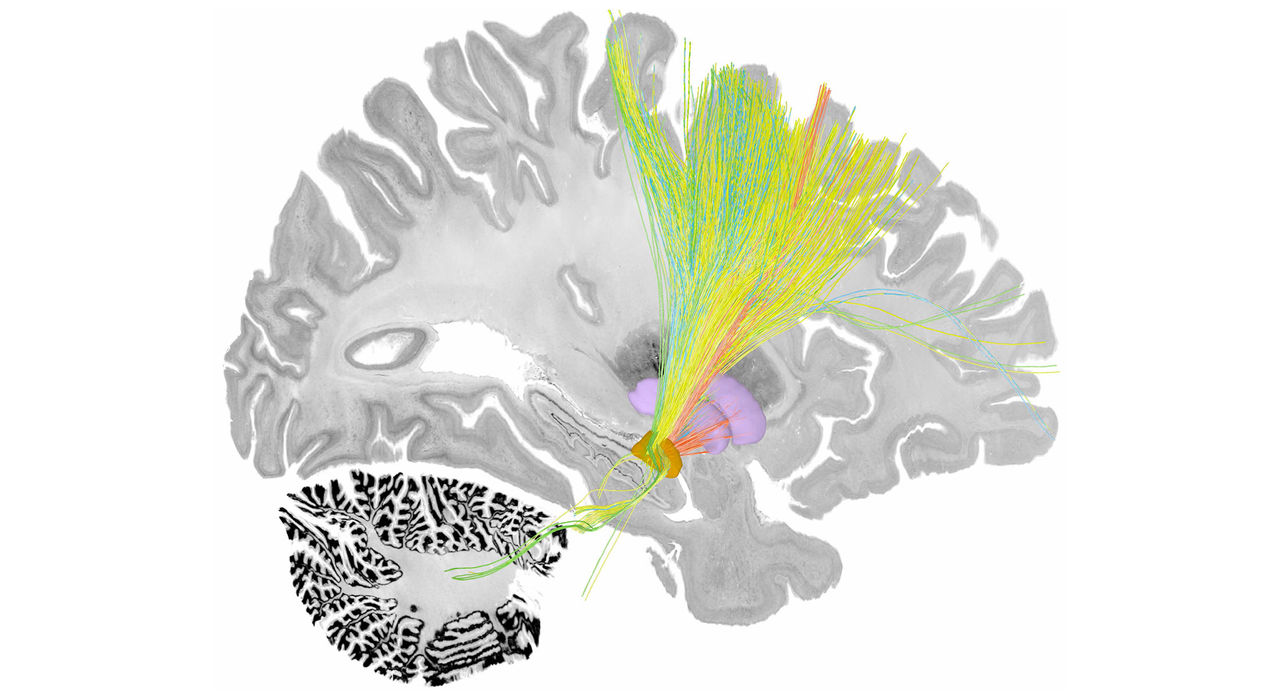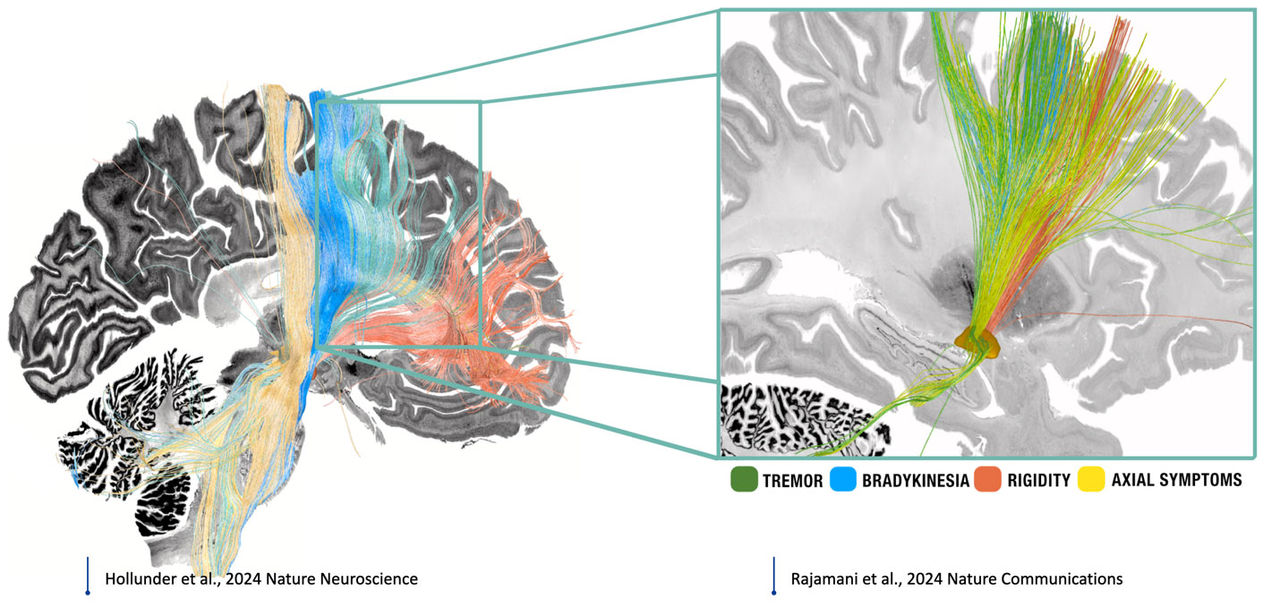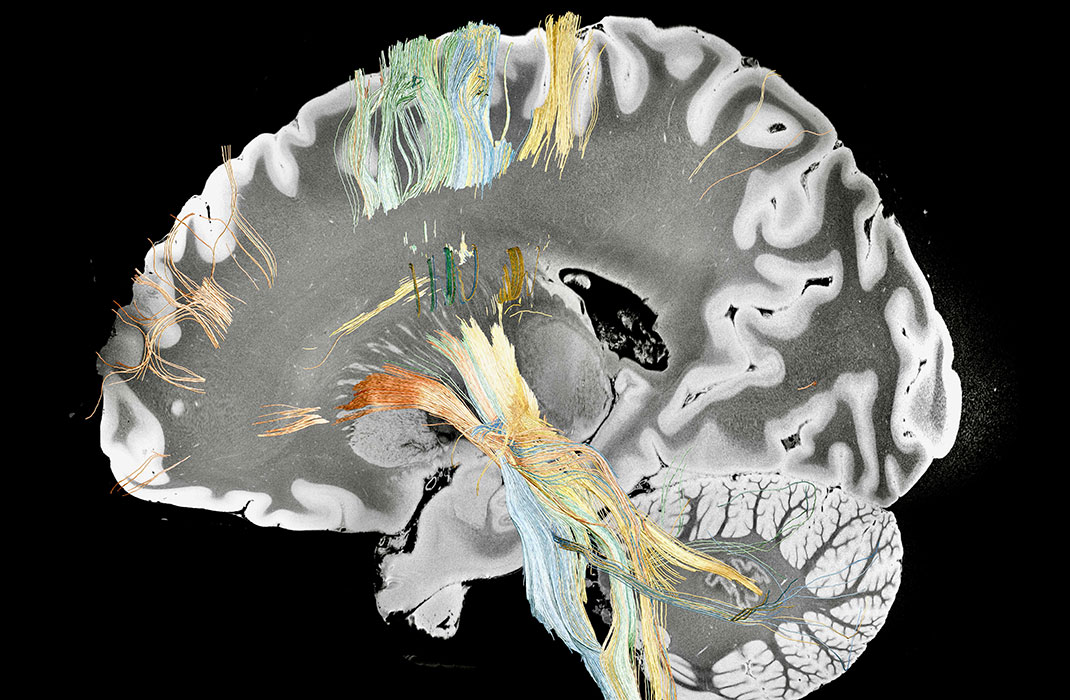-
- Find Care
-
- Visitor Information
- Find a Location
- Shuttles
- Visitor Policies
-
-
-
- Our Virtual Care Options
- Virtual Urgent Care
- Virtual Visits for Primary & Specialty Care
- Online Second Opinions
- Participate in Research
-
- Contact us
-
- For Innovators
- Commercialization Guide for Innovators
-
-
- Research News
- Alzheimer's Disease
- Artificial Intelligence
-
- Overview
-
- Overview
- Getting Started
- New to Mass General Brigham
- International Patient Services
- What Is Patient Gateway?
- Planning Your Visit
- Find a Doctor (opens link in new tab)
- Appointments
- Patient Resources
- Health & Wellness
- Flu, COVID-19, & RSV
- Billing & Insurance
- Financial Assistance
- Medicare and MassHealth ACOs
- Participate in Research
- Educational Resources
- Visitor Information
- Find a Location
- Shuttles
- Visitor Policies
- Find Care
-
- Overview
- Our Virtual Care Options
- Virtual Urgent Care
- Virtual Visits for Primary & Specialty Care
- Online Second Opinions
-
- Overview
- Participate in Research
-
- Overview
- About Innovation
- About
- Team
- News
- For Industry
- Venture Capital and Investments
- World Medical Innovation Forum (opens link in new tab)
- Featured Licensing Opportunities
- For Innovators
- Commercialization Guide for Innovators
- Contact us
-
- Overview
- Information for Researchers
- Compliance Office
- Research Cores
- Clinical Trials
- Advisory Services
- Featured Research
- Two Centuries of Breakthroughs
- Advances in Motion (opens link in new tab)
- Brigham on a Mission (opens link in new tab)
- Gene and Cell Therapy Institute
- Research News
- Alzheimer's Disease
- Artificial Intelligence
-
- Overview
-
- Overview
- Residency & fellowship programs
- Brigham and Women's Hospital
- Massachusetts General Hospital
- Mass Eye and Ear
- Newton-Wellesley Hospital
- Salem Hospital
- Integrated Mass General Brigham Programs
- Centers of Expertise
- Global & Community Health
- Health Policy & Management
- Healthcare Quality & Patient Safey
- Medical Education
- For trainees
- Prospective trainees
- Incoming trainees
- Current trainees
- Continuing Professional Development
New Deep Brain Stimulation Algorithm May Help Personalize Parkinson’s Disease Treatment
Researchers from Mass General Brigham identified therapeutic targets that may optimize symptom-specific treatment for Parkinson’s disease.
Deep brain stimulation (DBS) has shown promise as a treatment for some symptoms of Parkinson’s disease (PD). However, not all symptoms improve equally well with DBS. A better understanding of how different sites of electrical stimulation impact the wide range of motor symptoms associated with PD could help finetune treatment. By studying PD patients at five different centers treated with DBS, investigators from Mass General Brigham created an “atlas” that mapped four major symptoms of PD onto different regions of the brain. Based on these findings, the team created an algorithm capable of generating personalized, symptom-specific DBS treatment plans, which they preliminarily tested in five patients. Findings, published in Nature Communications, demonstrate the algorithm’s potential to improve patients’ symptoms beyond standard-of-care approaches.
“There is already strong evidence of improved quality of life for PD patients treated with DBS, but currently we still use a ‘one-size-fits-all’ approach to treatment,” said senior author Andreas Horn, MD, PhD, a Mass General Brigham neurologist who holds titles at the Center for Brain Circuit Therapeutics in the Department of Neurology at Brigham and Women’s Hospital and the Center for Neurotechnology and Neurorecovery at Massachusetts General Hospital. “The techniques we have developed will help us readily tailor DBS to what each patient specifically needs and improve DBS even further.”
The researchers from Mass General Brigham studied a total of 237 patients with PD who were treated with DBS to identify tracts associated with four major PD symptoms: tremor (uncontrolled movement), bradykinesia (slow movement), rigidity (freezing), and axial symptoms (such as gait and posture irregularity or instability). With software developed by Horn’s team, the researchers pinpointed the precise location of DBS electrodes in each patient and created a common map of the circuits associated with patients’ symptom improvement. Tremor was shown to improve with stimulation of tracts connected to the primary motor cortex and cerebellum, while bradykinesia was associated with the supplementary motor cortex. Rigidity was shown to improve with stimulation of the premotor cortex.
Axial symptoms, which have not received extensive study in relation to DBS, improved with stimulation of tracts connected to the supplementary motor cortex and brainstem. This finding may be especially important given that axial symptoms, such as gait or postural stability problems, typically do not respond well to DBS and existing dopaminergic therapies, such as levodopa.
Based on their findings, the investigators created Cleartune, an algorithm that suggests optimal stimulation parameters for DBS stimulation. The researchers applied Cleartune to inform treatment for five PD patients in Germany undergoing DBS. In four of the five patients, Cleartune settings led to greater improvements in PD symptoms than standard-of-care protocols. The fifth patient showed comparable improvements with Cleartune versus standard treatments.
The researchers are continuing to refine personalized, symptom-specific treatment for PD and other diseases, such as OCD, in partnership with Mass General Brigham researchers awarded major National Institutes of Health funding to map the brain’s circuitry more completely using advanced imaging technologies.
“This was an interdisciplinary effort to create the most precise atlas of symptom-specific pathways that we could,” said first and corresponding author Nanditha Rajamani, PhD, of Mass General Brigham. “We went a long way to use anatomical information from many different sources and worked with highly skilled neuroanatomists to produce and validate this research. Going forward, this approach can be a framework for improving DBS treatments for other disorders as well.”
Authorship: Additional Mass General Brigham co-authors include Helen Friedrich (BWH), Konstantin Butenko (BWH), Till Dembek (BWH), Michael D. Fox (BWH, MGH), Clemens Neudorfer (BWH, MGH).
Other authors include Florian Lange, Pavel Navratil, Patricia Zvarova, Barbara Hollunder, Rob M. A. de Bie, Vincent J. J. Odekerken, Jens Volkmann, Xin Xu, Zhipei Ling, Chen Yao, Petra Ritter, Wolf-Julian Neumann, Georgios P. Skandalakis, Spyridon Komaitis, Aristotelis Kalyvas, Christos Koutsarnakis, George Stranjalis, Michael Barbe, Vanessa Milanese, Andrea A. Kühn, Erik Middlebrooks, Ningfei Li, and Martin Reich.
Disclosures: Rajamani, Horn, and Barabara Hollunder and serve as inventors on a patent application by Charité – University Medicine Berlin that covers multitract fiber filtering and the cleartune algorithm introduced in this work. The application was submitted on July 21, 2023, with the patent office of Luxembourg (application #LU103178). Horn reports lecture fees from Boston Scientific, Inc., and is a consultant for FxNeuromodulation and Abbott, Inc., unrelated to present work. A complete list of disclosures is included in the publication.
Funding: The researchers acknowledge support of funding from the Q8 German Research Foundation (DFG, Deutsche Forschungsgemeinschaft, 424778381) and the Open Access Publication Fund of Charité – Universitätsmedizin Berlin. Horn was supported by the German Research Foundation (Deutsche Forschungsgemeinschaft, 424778381 – TRR 295), Deutsches Zentrum für Luft- und Raumfahrt (DynaSti grant within the EU Joint Programme Neurodegenerative Disease Research, JPND), the National Institutes of Health (R01 13478451, 1R01NS127892-01, 2R01 MH113929 & UM1NS132358) as well as the New Venture Fund (FFOR Seed Grant). Complete funding information is included in the publication.
Paper cited: Rajamani, N et al. “Deep brain stimulation of symptom-specific networks in Parkinson’s disease” Nature Communications DOI: 10.1038/s41467-024-48731-1
Media contact
About Mass General Brigham
Mass General Brigham is an integrated academic health care system, uniting great minds to solve the hardest problems in medicine for our communities and the world. Mass General Brigham connects a full continuum of care across a system of academic medical centers, community and specialty hospitals, a health insurance plan, physician networks, community health centers, home care, and long-term care services. Mass General Brigham is a nonprofit organization committed to patient care, research, teaching, and service to the community. In addition, Mass General Brigham is one of the nation’s leading biomedical research organizations with several Harvard Medical School teaching hospitals. For more information, please visit massgeneralbrigham.org.




